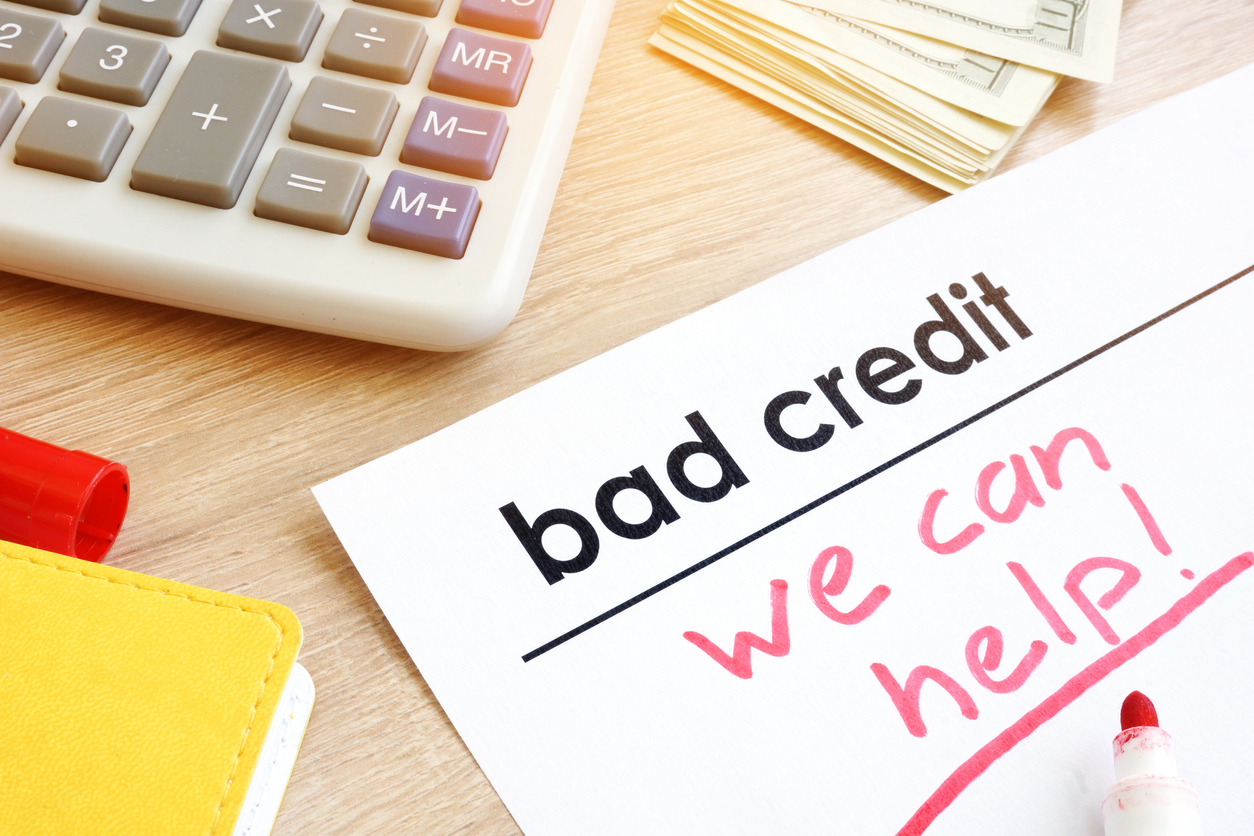Home>Finance>How Long Does It Take For My Available Credit Reset Capital One


Finance
How Long Does It Take For My Available Credit Reset Capital One
Modified: March 10, 2024
Looking to understand how long it takes for your available credit to reset with Capital One? Get all the finance answers you need here.
(Many of the links in this article redirect to a specific reviewed product. Your purchase of these products through affiliate links helps to generate commission for LiveWell, at no extra cost. Learn more)
Table of Contents
Introduction
When it comes to managing your credit, understanding the concept of available credit is crucial. Available credit refers to the amount of credit you have left to use on your credit card or other forms of credit. It is an important factor that lenders consider when evaluating your financial health and determining your creditworthiness.
Many people are often curious about how long it takes for their available credit to reset, especially if they have maxed out their credit card or used a significant portion of their available credit. The time it takes for your available credit to reset can vary based on several factors, and having this knowledge can help you plan your finances better and make informed decisions regarding your credit utilization.
In this article, we will delve into the concept of available credit, discuss credit utilization, and provide insights into how long it may take for your available credit to reset. We will also explore the various factors that can affect the reset process and offer some tips to help you reset your available credit faster. So, let’s dive in and understand this topic in more detail.
Understanding Available Credit
Available credit, also known as credit limit or credit line, refers to the maximum amount of credit that has been extended to you by a lender. It represents the total sum of money you can borrow or spend using a credit card, line of credit, or other types of credit accounts.
Your available credit is determined by the lender based on various factors, including your creditworthiness, income, and financial history. It is an important metric that lenders consider when evaluating your creditworthiness and assessing the risk of extending credit to you.
For example, if you have a credit card with a $5,000 credit limit, and you have not used any of it, your available credit is $5,000. This means you can spend up to $5,000 on your credit card without exceeding your available credit. As you make purchases or borrow money against your credit line, your available credit decreases.
It’s important to note that available credit is not the same as your outstanding balance. Your outstanding balance represents the amount of money you currently owe on your credit account, while available credit reflects the remaining credit you can use.
Closely monitoring your available credit is essential for maintaining a healthy credit utilization ratio, which is the percentage of your available credit that you have utilized. This is a key factor that lenders use to assess your creditworthiness. Keeping your credit utilization ratio low, typically below 30%, demonstrates responsible credit management and can positively impact your credit score.
Understanding how available credit works and how it impacts your overall credit health is essential for responsible credit management. Now that we have covered the basics of available credit, let’s explore the concept of credit utilization and its relationship to available credit.
Credit Utilization
Credit utilization is a crucial factor that lenders consider when assessing your creditworthiness and determining your credit score. It is the ratio of your outstanding balance to your available credit and is expressed as a percentage. Understanding credit utilization and its impact on your credit health is important for maintaining a positive financial standing.
For example, if you have a credit card with a $10,000 credit limit and have utilized $3,000, your credit utilization ratio would be 30% ($3,000 divided by $10,000 multiplied by 100). Generally, a lower credit utilization ratio is considered favorable as it indicates that you are using credit responsibly and are not heavily relying on borrowed funds.
Lenders prefer to see a credit utilization ratio below 30%. Keeping your utilization ratio low not only demonstrates responsible credit management but also indicates that you have enough available credit to handle unexpected expenses or emergencies.
It’s important to note that both your revolving credit, such as credit cards, and installment loans, like a personal loan or a mortgage, contribute to your overall credit utilization ratio. Therefore, it is advisable to manage your outstanding balances across all your credit accounts to maintain a healthy credit utilization ratio.
Now that we have established the importance of credit utilization, let’s proceed to the next section to explore how long it takes for your available credit to reset.
How Long Does It Take for Available Credit to Reset?
The time it takes for your available credit to reset can vary depending on a few factors. Generally, when you make a payment towards your outstanding balance, the amount you pay off becomes available credit again. However, it may take some time for the reset to reflect on your account.
In most cases, it can take a few business days for your available credit to reset after you make a payment. This timeframe allows the payment to be processed and credited to your account. However, the exact duration can vary depending on the credit card issuer or the financial institution you are dealing with.
It’s important to remember that while the available credit may reset after making a payment, the payment itself may take a bit longer to be fully processed and reflected accurately on your account. During this processing period, your available credit may still appear lower than expected.
If you make a payment close to your billing cycle’s closing date, it’s possible that the reset may not be fully reflected on your next billing statement. In such cases, you may need to wait until the following billing cycle or statement to see the updated available credit.
Additionally, it’s worth noting that even after making a payment, your available credit may not reset to its maximum limit if you have other pending transactions or fees. These pending charges may temporarily reduce your available credit until they are finalized.
It’s always a good practice to check your online account or contact your credit card issuer to get accurate information about the timeframe for available credit resets. Understanding the specific policies and procedures of your financial institution can help you plan your credit utilization and manage your finances effectively.
Now that we have discussed the general timeframe for available credit resets, let’s explore the factors that can affect this process.
Factors Affecting Available Credit Reset
Several factors can influence the timeframe for available credit to reset after making a payment. These factors vary depending on the credit card issuer, the payment method used, and other variables. Understanding these factors can help you anticipate how long it may take for your available credit to reset. Let’s explore some of the key factors:
- Credit Card Issuer: Each credit card issuer may have different processing times for payments and available credit resets. Some issuers may process payments and reset available credit quickly, while others may take longer. It’s essential to familiarize yourself with your credit card issuer’s policies regarding available credit resets.
- Payment Method: The payment method used can also influence how long it takes for your payment to be processed and reflected on your account. Payments made online or through electronic methods tend to process faster compared to payments made via mail or in-person methods.
- Weekends and Holidays: Weekends and holidays can impact the processing time for payments and available credit resets. If you make a payment on a weekend or holiday, it may take longer for the payment to process and the available credit to reset. It’s important to consider these factors when planning your payment schedule.
- Other Pending Charges: If you have other pending charges, such as pre-authorized transactions or fees, on your credit card, these may temporarily reduce your available credit even after making a payment. It’s important to keep track of any pending charges to understand the full impact on your available credit.
- Billing Cycle: The timing of your payment in relation to your billing cycle can affect the available credit reset. If you make a payment close to your billing cycle’s closing date, the reset may not be fully reflected on the next billing statement. It may take until the following billing cycle for the available credit to be updated.
Keep in mind that these factors are not exhaustive, and there may be other variables at play depending on your specific financial institution and credit card terms. If you have any questions or concerns about available credit resets, it’s best to reach out to your credit card issuer or financial institution for accurate information.
Next, let’s explore some practical tips to help you reset your available credit faster.
Tips to Reset Available Credit Faster
If you’re looking to reset your available credit in a timely manner, there are a few strategies you can employ. These tips can help expedite the process and ensure that you have access to your maximum credit limit when you need it. Here are some practical tips to consider:
- Submit Payments Early: To allow ample time for processing, make your credit card payments well before the payment due date. This will give your credit card issuer sufficient time to process the payment and reset your available credit. Avoid waiting until the last minute, as delays can occur, especially during weekends or holidays.
- Explore Faster Payment Methods: Consider using electronic payment methods, such as online banking or mobile payment apps, to submit your credit card payments. These methods are often faster than mailing a physical check or making an in-person payment.
- Monitor Pending Transactions: Stay vigilant and keep an eye on any pending transactions or fees that might be impacting your available credit. Sometimes, pending transactions can temporarily reduce your available credit even after making a payment. Once these transactions are finalized, your available credit will reset accordingly.
- Communicate with Customer Service: If you have made a payment but notice a delay in the available credit reset, don’t hesitate to reach out to your credit card issuer’s customer service department. They can provide insights into any potential processing delays and offer assistance in resolving any issues that might be affecting the reset timeline.
- Monitor Billing Cycle: Keep track of your credit card’s billing cycle and the associated closing and payment due dates. By understanding your billing cycle, you can time your payments strategically to ensure that the available credit reset aligns with your financial needs.
While these tips can help speed up the available credit reset process, it’s essential to remember that each credit card issuer may have different processing times. Factors such as weekends, holidays, and pending transactions can also impact the reset timeframe. Therefore, maintaining good credit management practices and staying proactive about monitoring your credit utilization is key.
By following these tips, you can ensure that you have a better understanding of how to reset your available credit in a timely manner and optimize your credit utilization effectively.
Now, let’s sum up the key takeaways.
Conclusion
Understanding available credit and how it resets is vital for managing your credit effectively. While the specific timeframe for available credit to reset may vary, it generally takes a few business days for the reset to reflect on your account after making a payment. Factors such as the credit card issuer, payment method, weekends, holidays, and pending charges can impact the reset process.
Maintaining a low credit utilization ratio is crucial for demonstrating responsible credit management and improving your creditworthiness. By keeping track of your available credit and utilizing these tips, you can reset your available credit faster:
- Submit payments early
- Explore faster payment methods
- Monitor pending transactions
- Communicate with customer service
- Monitor your billing cycle
Remember to check with your credit card issuer for their specific policies and procedures regarding available credit resets. By staying informed and proactive, you can effectively manage your available credit and maintain a healthy credit utilization ratio.
Strive to keep your credit utilization ratio below 30% and make timely payments on your credit accounts to maintain a positive credit profile. Responsible credit management can open doors to better financial opportunities and help you achieve your long-term financial goals.
By incorporating these strategies into your financial routine, you can navigate the world of available credit with confidence and optimize your credit utilization for a healthier financial future.














